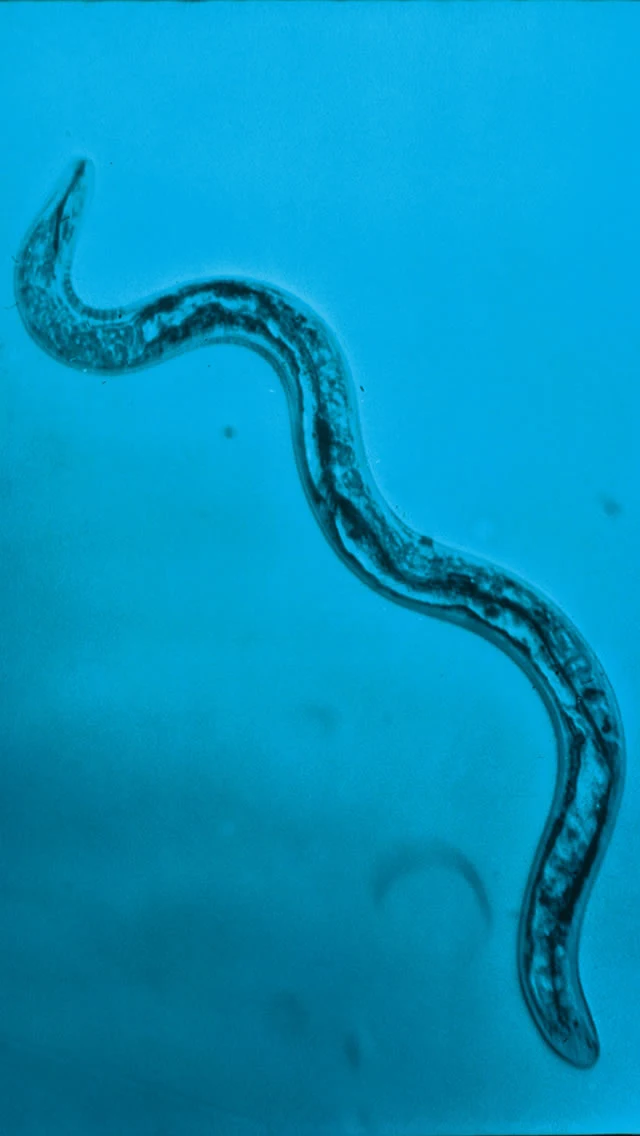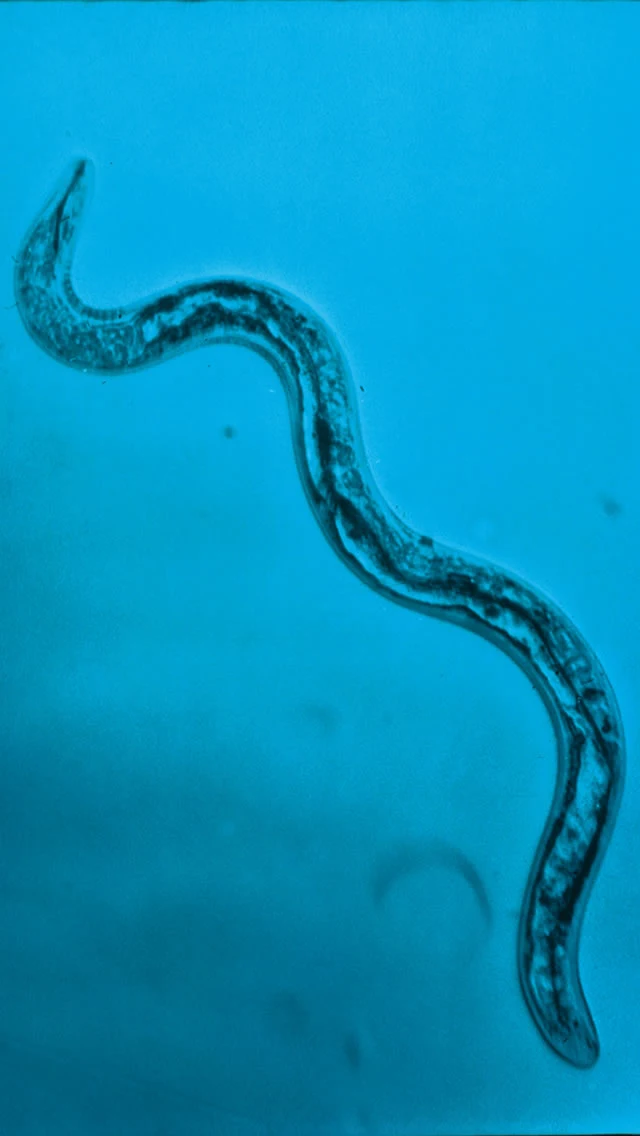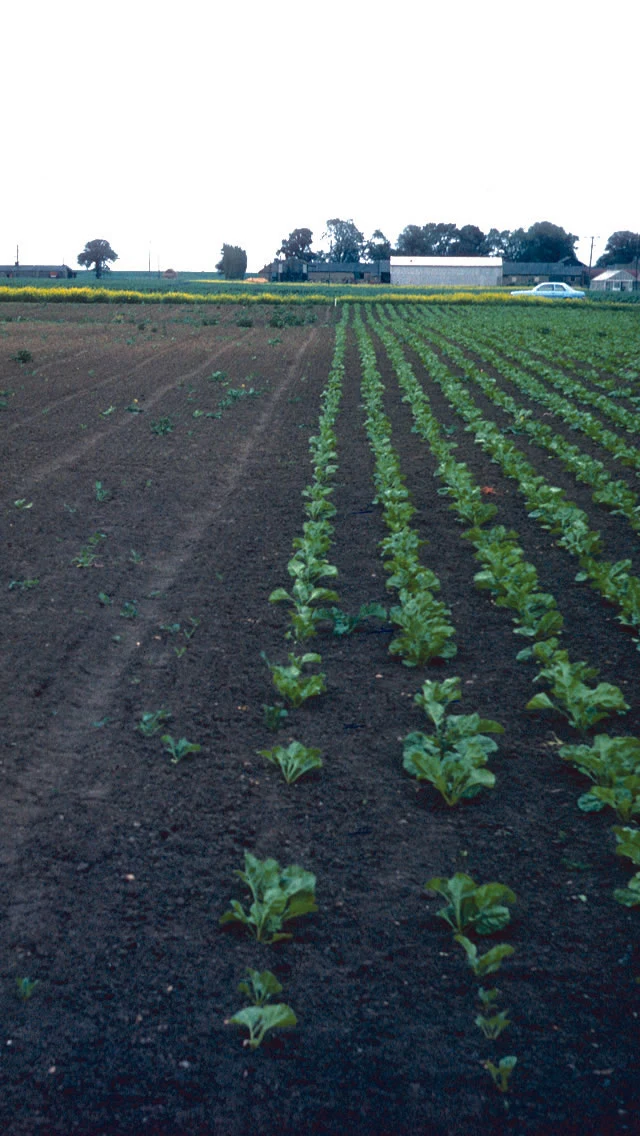
Docking disorder nematodes
Trichodorus spp.
Identification
Docking disorder of beet was named after a village in the north-west of Norfolk where the condition was recorded. Although recognised and documented for many years it was not until the early 1960s that free- living nematodes were identified as a prime causal agent of this condition.
Docking disorder is caused by the free- living nematodes Trichodorus (stubby root) and/or Longidorus (needle) usually in light sandy soils; however, damage is more severe in years with heavy rainfall in May.
Symptoms
Hatched larvae are attracted to the emerging crop plants to feed on the roots tips by inserting their piercing mouthparts (hollow stylets) into cells of the root and the root hairs. Enzymes are injected into these cells and the resulting substrate is withdrawn into the gut of the nematode to provide nourishment.
Feeding on the tap root, at an early stage of plant development, can result in its growing tip being killed which encourages lateral roots to take over. The net result is short stubby stunted plants with numerous laterally growing side roots which gives rise to the condition described as ‘fanging’.
Affected plants can be stunted resulting in so called ‘hen and chick’ symptoms where a large, healthy plant has a small, stunted plant as its neighbour.
Life-cycle
The nematodes lay eggs near host plants and after a few days the larvae wriggle out in search of food. Several generations occur each season and populations comprise a mixture of both adults and juveniles. Longidorus spp. can live in the soil for over a year.
Importance
Crops grown on light sandy soils in wet, cold conditions are most at risk. It has been estimated that yield losses of up to 17.5 t/ha can occur.
Threshold
Because of the influence of environmental factors, it is impossible to establish accurate damage threshold levels. Nevertheless Broom’s Barn Research Centre currently advises that severe symptoms often occur in soils with Trichodorus populations in excess of 1000/litre of soil or with Longidorus populations in excess of 100/litre of soil. The latter, being a much larger nematode, can cause economic crop damage at lower populations.
In fields with a history of Docking disorder yield losses may be minimised by the use of a nematicide at drilling.

Free-living nematode, Trichodorus spp.

Docking disorder- untreated vs. treated crop

Docking disorder


